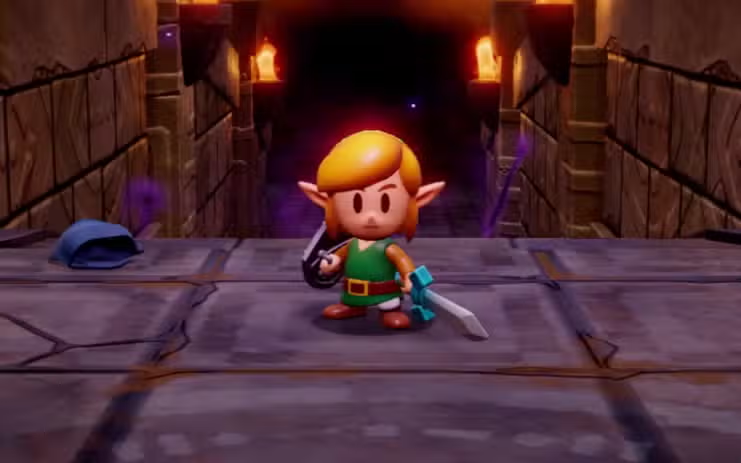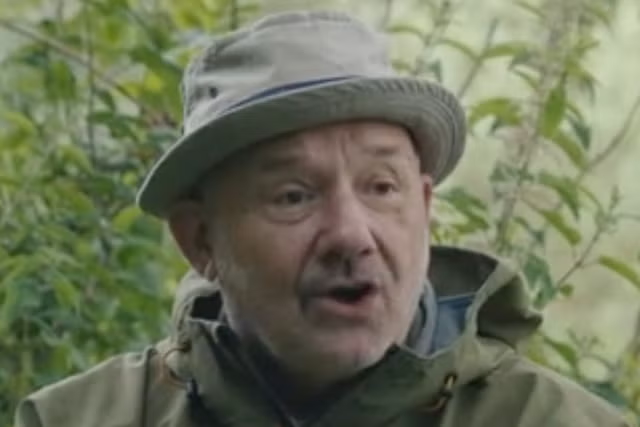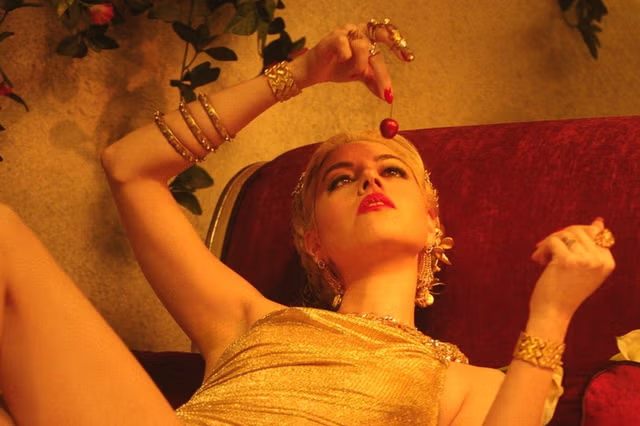For a video game franchise named after a woman, the Zelda games sure like putting you in the shoes of a man.
For almost forty years, we’ve played as the diminutive sword-wielding Link, adventuring across Hyrule, smiting baddies and running out of stamina wheels as his hang glider crashes into cliffs.
Fortunately, because this is the 21st century and now women can also hit moblins over the head until they explode, the newest game in the franchise is a little bit different: instead of saving Zelda, now Zelda gets to save herself. And Link! Yay feminism!
The extremely cute Echoes of Wisdom mostly succeeds in leaving us wanting more. Set once more in Hyrule, we start the game as Link, once more rescuing Zelda from the clutches of a baddie. Only this time, it goes wrong: Link is sucked into a rapidly expanding rift of dark matter, which soon spreads and starts devouring the rest of the kingdom too.
On her own, it’s up to Zelda to fix this whole mess (what’s new, frankly), but unlike Link, she can’t rely on brute force to do it. Instead, aided by the mysterious creature Tri, she comes into possession of a staff that essentially lets her copy and duplicate whatever she comes across in the real world.
That includes beds, rocks, bushes and even (oddly) monsters, clones of which can be loosed to do battle with the creatures we find roaming Hyrule. The skeleton of previous Zelda games is evident, too, in the heart containers we have to collect to boost Zelda’s maximum health, the cooking show element (combining ingredients to create ability-boosting elixirs) and the open world we get to explore.

Its Polly Pocket-style cartoon aesthetic renders everything looking almost absurdly cute – even the monsters, weirdly – lending the whole thing the air of a sort of retro game remake. Hyrule has never looked so dinky, but it still comes with caves to explore, fun challenges to complete (picking up acorns, finding runaway horses) and quirky inhabitants to meet.
The main issue is in how weak Zelda’s powers are. Defeating an army of moblins to unlock a secret chest becomes a lot more fiddly when relying on summoned (and chaotic) moblins to attack them in turn, rather than just whomping them with a bow and arrow from a distance. These creatures are not easily controlled, and while the game does recognise this and gives you a sword, this also comes with an energy bar that quickly depletes, meaning you really have to pick which moments to use it.
That does mean relying on puzzle solving to get by, which (for the puzzle heads) is arguably more fun. Some copied monsters shoot webs that can be climbed to higher locations; some can fly and some light themselves, and other things, on fire. Boxes and beds can be turned into makeshift ladders, and for the most part, the puzzles hit the sweet spot between satisfying and difficult to solve.
The overall result is a pint-sized sandbox of a game. It won’t reinvent the wheel, but there’s still something very satisfying about strategising your way to victory. If only Zelda could have used the sword a bit more: then it would have been perfect.
Out on Nintendo Switch from September 26
Disclaimer: The copyright of this article belongs to the original author. Reposting this article is solely for the purpose of information dissemination and does not constitute any investment advice. If there is any infringement, please contact us immediately. We will make corrections or deletions as necessary. Thank you.



